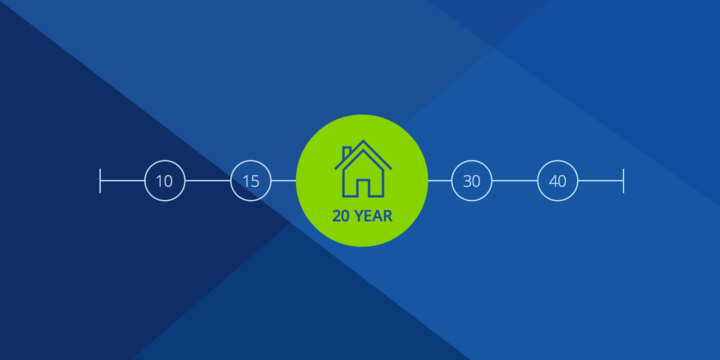What Is the Truth In Lending Act?
Federal laws require many disclosures during your mortgage process, including those in the Truth In Lending Act (TILA). Let's take a look at what this is and how it helps you.

Written by Francesca Faris on November 24, 2015
IN THIS ARTICLE:
- What is the Truth In Lending Act?
- Who Enforces These Rules for Lenders?
- Disclosures You'll Receive Under TILA
Federal laws require you to receive many disclosures from your lender during your mortgage process, and while it can feel like too much paperwork, these disclosures exist to protect you and provide clarity during your loan process. One of the oldest regulations pertaining to mortgage fee disclosures is the Truth In Lending Act (TILA) created in 1968. Let's take a look at what this is and how it helps you.
What is the Truth In Lending Act?
TILA, also known as Regulation Z, protects consumers from closing cost abuses by requiring that all lenders calculate and disclose loan terms and fees in the same way. This rule applies to mortgages and other forms of consumer credit.
The primary focus of TILA isn't to regulate how much lenders can charge, but rather to regulate how lenders disclose fees and terms.
The goal is to ensure consumers will receive quotes in the same overall format when shopping for mortgages or other loan types, enabling them to easily decipher the best terms when comparison shopping.
Who Enforces These Rules for Lenders?
The Federal Reserve Board was responsible for TILA rule making and enforcement from 1968 to 2011, then this responsibility was transferred to the Consumer Financial Protection Bureau (CFPB), an agency created in July 2011 in response to the 2007-2008 financial crisis to consolidate all of the government's consumer financial protection agencies.
The CFPB is funded by the Federal Reserve, so the spirit of TILA has been preserved -- and enhanced -- since 2011.
Disclosures You'll Receive Under TILA
Prior to October 2015, TILA mandated that a mortgage lender send you a Good Faith Estimate and an initial Truth In Lending disclosure within three days of applying for a mortgage. Together, the two forms show your quoted rate, APR, sum of fees, terms, and costs over the life of the loan.
The CFPB deemed these forms too confusing because fees, calculations, and explanations were spread across two separate multi-page disclosures, so the bureau updated the forms effective with all loan applications after October 3, 2015.
Looking for a local lender? Find one on Zillow

Now a lender must send you a Loan Estimate Form within three days of applying for a mortgage, which provides a detailed line-item breakdown of fees, cash needed to close, quoted rate, APR, terms, and costs over the life of the loan. The lender must also obtain your written intent to proceed before it can move forward.
This new Loan Estimate disclosure replaced the Good Faith Estimate and Truth in Lending disclosures in the beginning of the mortgage process. It is then followed by a Closing Disclosure form that you get at the end of the process.
You can read more about these two disclosures and how they impact the timing of your loan process here.
How much home can you afford?
At Zillow Home Loans, we can pre-qualify you in as little as 5 minutes, with no impact to your credit score.
Zillow Home Loans, NMLS # 10287. Equal Housing Lender
Get pre-qualifiedHow much home can you afford?
See what's in reach with low down payment options, no hidden fees and step-by-step guidance from us at
Zillow Home Loans.
Zillow Home Loans, NMLS # 10287. Equal Housing Lender
Calculate your BuyAbility℠



